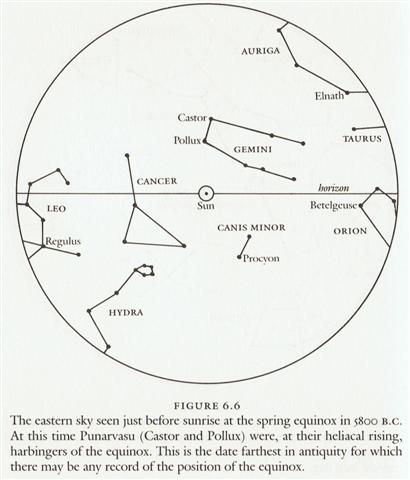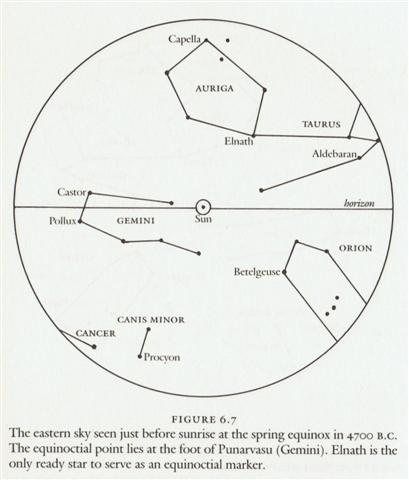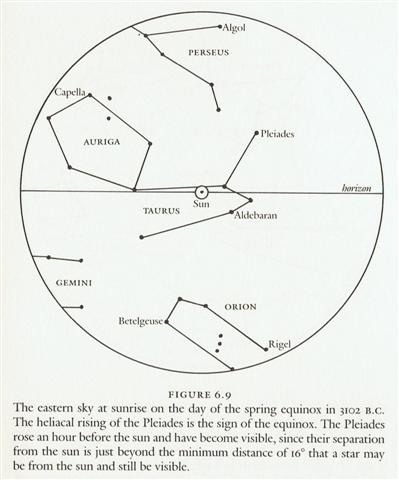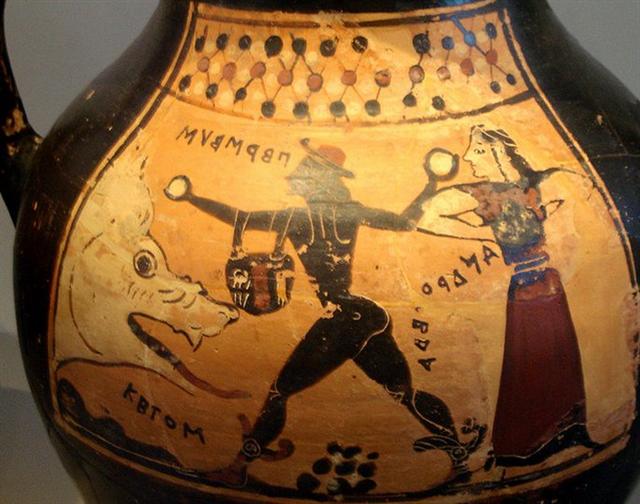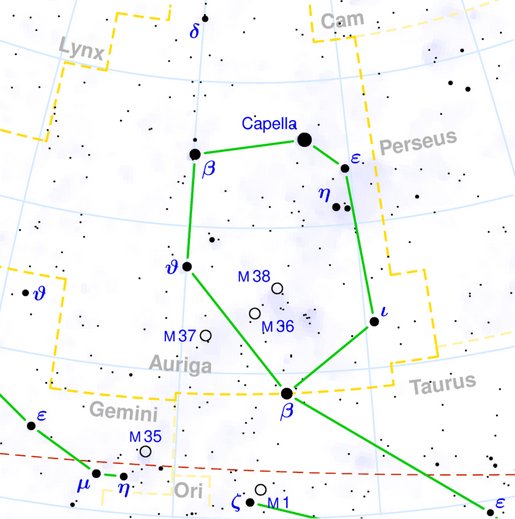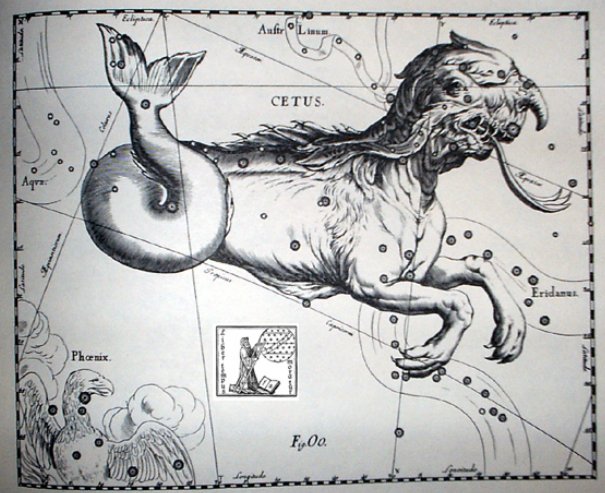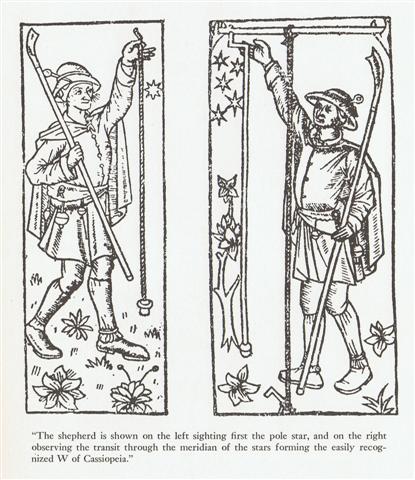However, there is another kahi glyph to consider, probably connected with Antares and the ancient autumn equinox:
After the end of the sailing season would come winter with less to eat and kahi in Cb2-15 is not as fat as that in Cb12-3 - its mouth is smaller. ... Rehua has been variously identified with Jupiter by Tregear, with Sirius by Stowell, and with Antares by Best, and there can be no doubt that the name was applied to different objects in various sections of New Zealand. An old native declared: 'Rehua is a star, a bird with two wings; one wing is broken. Under the unbroken wing is Te Waa-o-Tamarereti (the Canoe of Tamarereti is the Tail of Scorpius in this instance). When Rehua mates with his wife Pekehawani (a star close to Antares) the ocean is windless and motionless.' Antares, visible in the morning sky of December-January, came to stand for summer heat; hence the saying, 'Rehua cooks (ripens) all fruit'. The generally accepted version of the Rehua myth, according to Best, is that Rehua had two wives, the stars on either side of Antares. One was Ruhi-te-rangi or Pekehawani, the personification of summer languor (ruhi), the other Whaka-onge-kai, She-who-makes-food-scarce before the new crops can be harvested ... At the time of Hyadum II - it could be calculated - Antares had been rising with the Sun in SEPTEMBER 22 (at the northern autumn equinox). And at that ancient time the Sun would have been around η Sagittae 240 days after 0h. When the Full Moon had been close to Antares in the Scorpion it had been a sign of the Sun having reached Taurus and then there would be 8 nice months of summer - north of the equator. At the time of rongorongo Antares would have been visible close to the Full Moon in May 26 (146 = 2 / 5 * 365) and this was 64 days later in the year. 146 - 64 = 2 * 73 - 8 * 8 = 82 (MARCH 23). We can compare with the beginning of the text on the G tablet:
Cb12-1 was drawn to indicate a radical change and we should remember a similar sign of inversion in the G text:
The meaning of Ga8-22 seems clear, night sky goes on top and nuku goes face down.
The northern autumn had come to a close. The nuku type of glyph had no arms:
Arms would arrive in spring and therefore they had to disappear before that. ... During his descent the ancestor still possessed the quality of a water spirit, and his body, though preserving its human appearance, owing to its being that of a regenerated man, was equipped with four flexible limbs like serpents after the pattern of the arms of the Great Nummo. The ground was rapidly approaching. The ancestor was still standing, his arms in front of him and the hammer and anvil hanging across his limbs. The shock of his final impact on the earth when he came to the end of the rainbow, scattered in a cloud of dust the animals, vegetables and men disposed on the steps. When calm was restored, the smith was still on the roof, standing erect facing towards the north, his tools still in the same position. But in the shock of landing the hammer and the anvil had broken his arms and legs at the level of elbows and knees, which he did not have before. He thus acquired the joints proper to the new human form, which was to spread over the earth and to devote itself to toil ... Cb2-5 seems to visualize the situation after the 'landfall' in spring:
One wing of the bird man in Cb2-5 has been depicted as broken. Therefore Cb2-5 was probably corresponding to Rehua - here neither Jupiter, Sirius, nor Antares, but rather Alcyone, or better the male Atlas raising the sky high:
The identity of Rehua was no mystery - it simply meant the one who came with warm weather in order to ripen the fruit, hua. ... Antares, visible in the morning sky of December-January, came to stand for summer heat; hence the saying, 'Rehua cooks (ripens) all fruit' ... The earliest still remembered Rehua could have been Gemini:
The broken wing in front of Rehua - caused by the shock of his sudden contact with Mother Earth - could have originated from the Arab system with their 5th station named Forearm:
In rongorongo times Castor rose with the Sun in July 12, which 'happened to be' in the day after number 384 / 2. And once upon a time Rehua could have corresponded to Perseus, exhibiting one star on each side:
Allen explains the name Algenib (α Persei) as derived from the Side (Al Janb) rather than from the Wing (Al Janāh). At the time of the Goat there could have been yet another pair of stars which served to illustrate the Gate of Entrance for the Sun - as seems to have been illustrated in figure 6.7 above - viz. ε (Almaaz) and η (Haedus II):
However, Rehua should have one wife star on each side (janb), one behind and one in front. For instance was the star in front of Perseus (cfr above) probably representing his fish wife (Cetus) and the star at his back Andromeda - with himself in between and shown in side view when turning around. Finally: the creator of the G text could possibly have used a pair of eyes (stars) at left (in the past) in Ga1-2 to illustrate how the Sun had made landfall, similar to how Hevelius had depicted the forearms of Cetus making landfall up on dry land:
On the other hand, I find it likely that this vertically oriended pair of mata with a string between primarily was inspired by the measuring instrument of an astronomer, the plumb line with a 'heart' at bottom:
... In the inscriptions of Dendera, published by Dümichen, the goddess Hathor is called 'lady of every joy'. For once, Dümichen adds: Literally ... 'the lady of every heart circuit'. This is not to say that the Egyptians had discovered the circulation of the blood. But the determinative sign for 'heart' often figures as the plumb bob at the end of a plumb line coming from a well-known astronomical or surveying device, the merkhet. Evidently, 'heart' is something very specific, as it were the 'center of gravity' ... See Aeg.Wb. 2, pp. 55f. for sign of the heart (ib) as expressing generally 'the middle, the center' ...
... Proclus informs us that the fox star nibbles continuously at the thong of the yoke which holds together heaven and earth; German folklore adds that when the fox succeeds, the world will come to its end. This fox star is no other than Alcor, the small star g near zeta Ursae Majoris (in India Arundati, the common wife of the Seven Rishis, alpha-eta Ursae ... From Spica (together with Alcor) to σ Scorpii there were 360 / 8 = 45 days. And 5 (as in the 5th Chinese station and in the 5th Arab station) times 45 = 225. |
||||||||||||||||||||||||||||||||||||||||||||||||||||||||||||||||||||||||||||||||||||||||||||||||||||||||||||||||||||||||||||||||||||||||||||||||||||||||||||||||||||||||||||||||||||||||||||||||||||||||||||||||||||||||||||||||||||||||||||||||||





